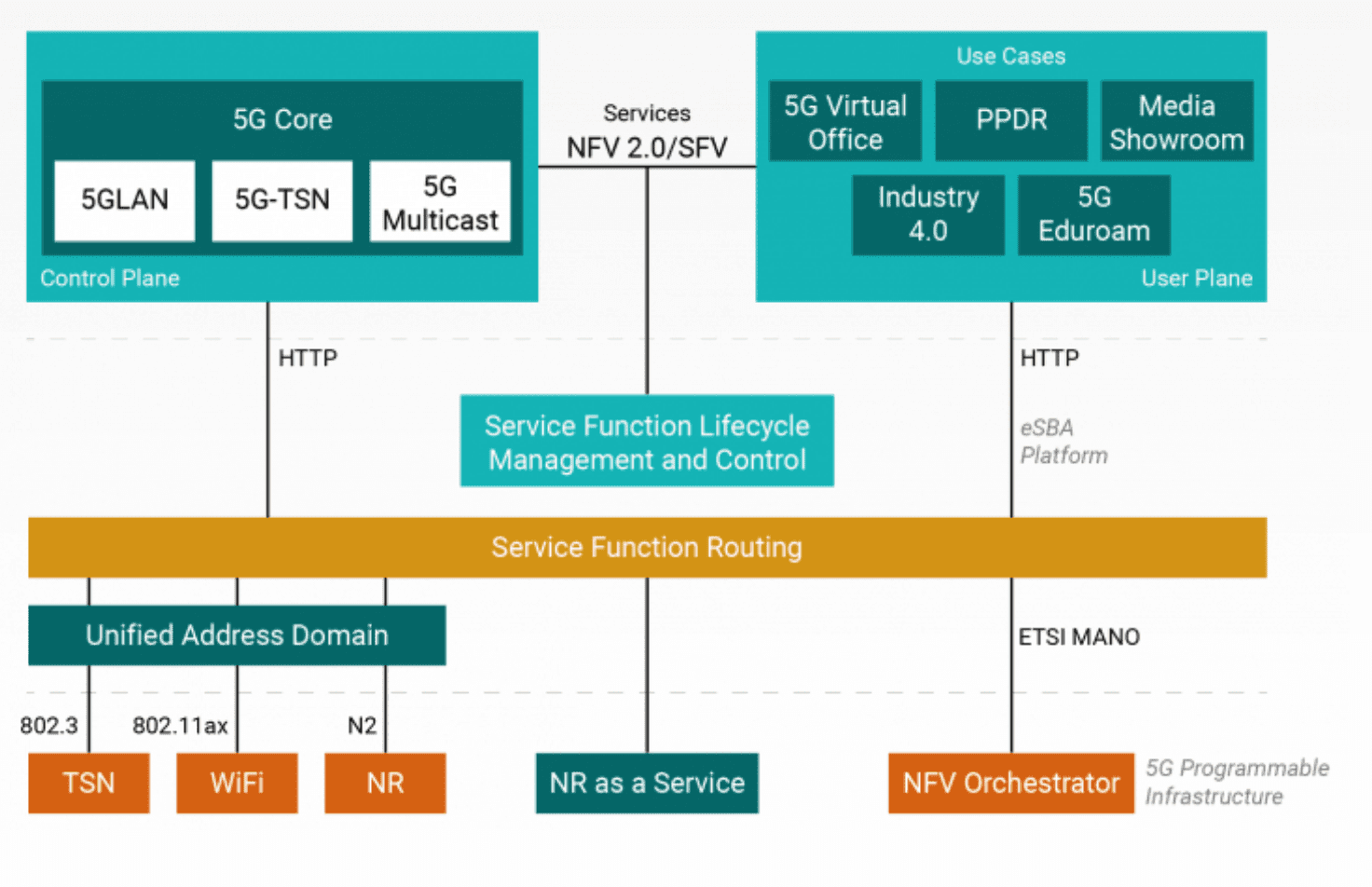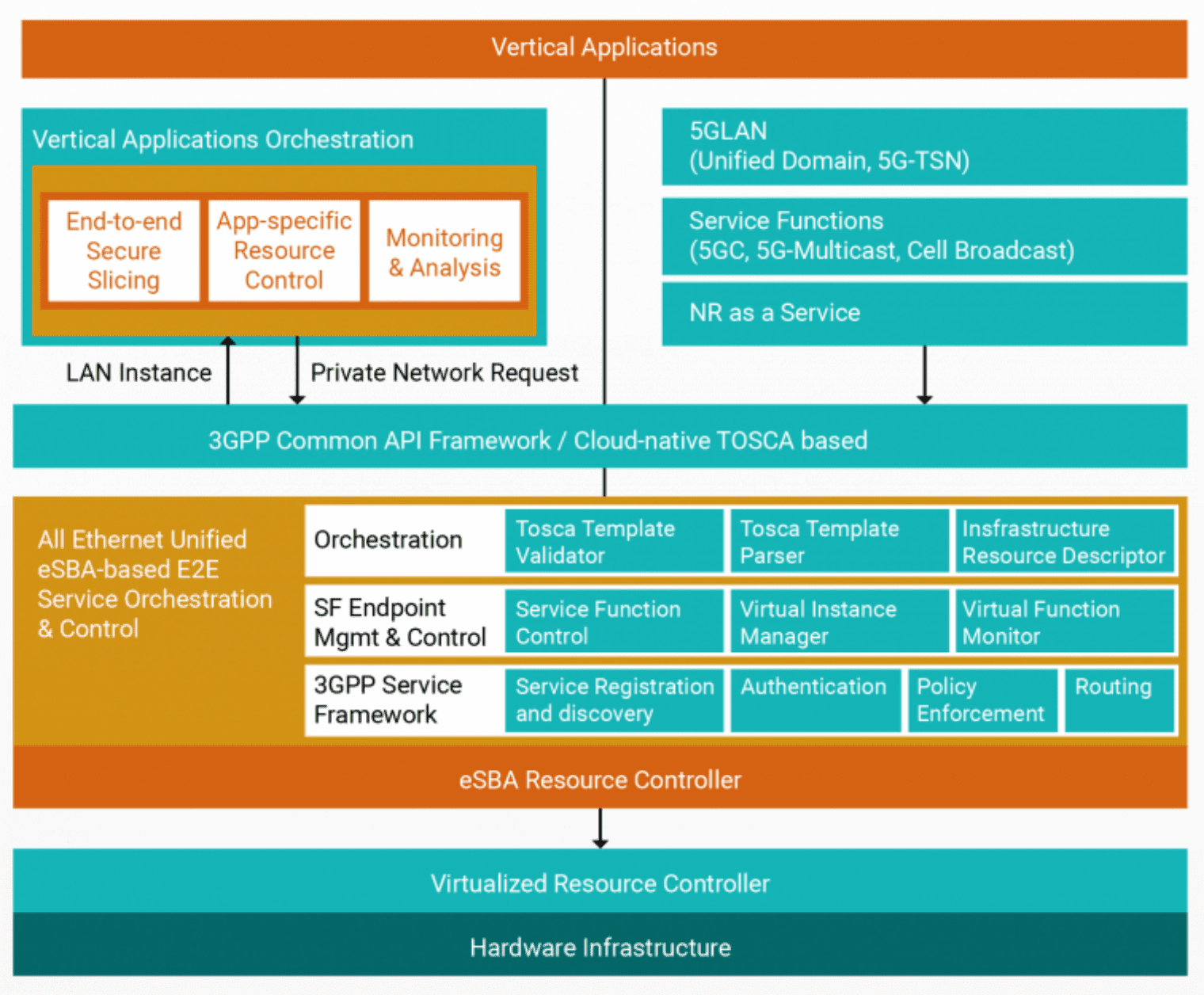The technology and government sectors both love an acronym, but FUDGE-5G? Really? It seems a stretch; a random mnemonic to brand a rather complex-sounding EU innovation initiative. The project’s full name is ‘Fully Disintegrated Private Networks for 5G Verticals; just try picking the letter pattern out of that.
It sounds like a marketing fudge, in fact, and a potential banana skin. Except the FUDGE-5G project, which started in earnest last week, is mining a rich seam of digital innovation in the new Industry 4.0 landscape, which has the attention of most governments and industries across the planet.
Its participants want a new breed of world-beating core network provider for 5G in Europe. The scheme is focused on exploding cloud-native private 5G for industry, by offering a disintegrated environment where components can be deployed as micro-services, anywhere – in the cloud, on the premise, and anywhere in between.
It was announced by the European Commission back in June, as the US sanctions on Huawei reverberated in international markets, and the telecoms sector was cleaved open by a combination of rampant spectrum liberalisation, rapid advances in compute technology, and a gathering trend for open networking infrastructure.
Along with the promise of ultra-reliable industrial-grade 5G, economists and industrialists could suddenly perceive, and even grasp finally, the essential ingredients to stir up a ‘fourth industrial revolution’ – just as the German government’s so-called Industrie 4.0 initiative proclaimed.
The remit of the FUDGE-5G project is all of this. It is about how to remake the telecoms sector to drive digital change. It is about how roll-necked digital innovation can be applied to blue collar disciplines like manufacturing (as well as process-driven white collar trades), to put the whole industrial economy into a digital choker.

It is about reinventing the old ‘rust-belt’ industrial heartlands, and the battle to own and manage the infrastructure that springs this digital reformation, in the house of data.
FUDGE-5G is one of 11 new EU-funded research projects into industrial 5G development, and among the last to be agreed under the EU’s Horizon 2020 research and innovation framework – to be succeeded with a new five-year €100 billion funding programme from next year, under the Horizon Europe moniker.
It brings together at least a dozen partners in a public-private partnership (PPP). These include Sweden-based operator Telenor, China based telecoms vendor Huawei, Italy and Finland based private networking specialists Athonet and Cumucore, and France-based industrial services conglomerate Thales.
The Polytechnic University of Valencia (UPV) and Fraunhofer Institute for Open Communication Systems (FOKUS) are also involved, as are technology firms Fivecomm, InterDigital, One2Many, OneSource, and UbiTech.
The group is focused on cloud-based private 5G in five sectors with diverse radio requirements. These are as follow: media and entertainment, with massive streaming requirements; public protection and disaster relief (PPDR), for on-the-fly critical comms; virtual offices, combining with ethernet and Wi-Fi networks; education, offering distributed software-defined campus-wide networking; and of course Industry 4.0, with ultra-low time synchronisation requirements.
These uses cases will collect and combine certain technologies: private 5G, along with 5G multi-casting and 5G-enabled time-sensitive networking (TSN), plus ‘intelligent vertical orchestration’ capabilities.
Five industrial entities, all from Norway, have joined the advisory board as end-users for each use case: broadcaster NRK, the Norwegian Defense Material Agency (NDMA), Oslo University Hospital (Rikshospitalet), shipping company Yara Birkeland ,and the Artic University of Norway (University of Tromsø).
The website blurb states: “A significant revenue opportunity for 5G has been identified in addressing business-to-business (B2B) industry vertical communication network needs. This requires understanding the very specific needs of the different industries. In addition to conventional MNO support using public mobile networks, new approaches for private networks and campus networks have been appearing, enabled by the use of local 5G spectrum.”
 It adds: “Private 5G networks should leverage all the benefits of 5G while maintaining the current capabilities of existing corporate LAN solutions. 5GLAN is an essential technology that will be embraced for offering private communication using IP and/or non-IP, and to seamlessly integrate 5G with fixed and wireless (Wi-Fi) LAN. Furthermore, 5GLAN can serve as basis for more innovative technologies.
It adds: “Private 5G networks should leverage all the benefits of 5G while maintaining the current capabilities of existing corporate LAN solutions. 5GLAN is an essential technology that will be embraced for offering private communication using IP and/or non-IP, and to seamlessly integrate 5G with fixed and wireless (Wi-Fi) LAN. Furthermore, 5GLAN can serve as basis for more innovative technologies.
“The existing 5GLAN functionality in Release 16 is based on the emulation of LAN features in the 5G core network. FUDGE-5G will go one step further by extending 5GLAN support to unified access under one address ‘all-ethernet’ domain, opening up the capability to deliver content more efficiently to end users consolidating multiple existing networks into a single converged 5G network.”
The project will look at 5G technologies and applications that have not been standardised yet; the work will contribute to a number of standardisation groups. These include 3GPP, and also ETSI, IETF and ITU-T. Some innovations are suited to the 3GPP’s Release 18 timeframe. 3GPP is not pursuing “all-ethernet 5GLAN support” in Release 17, for example, although TSN and multicast are in the Release 17 agenda.

